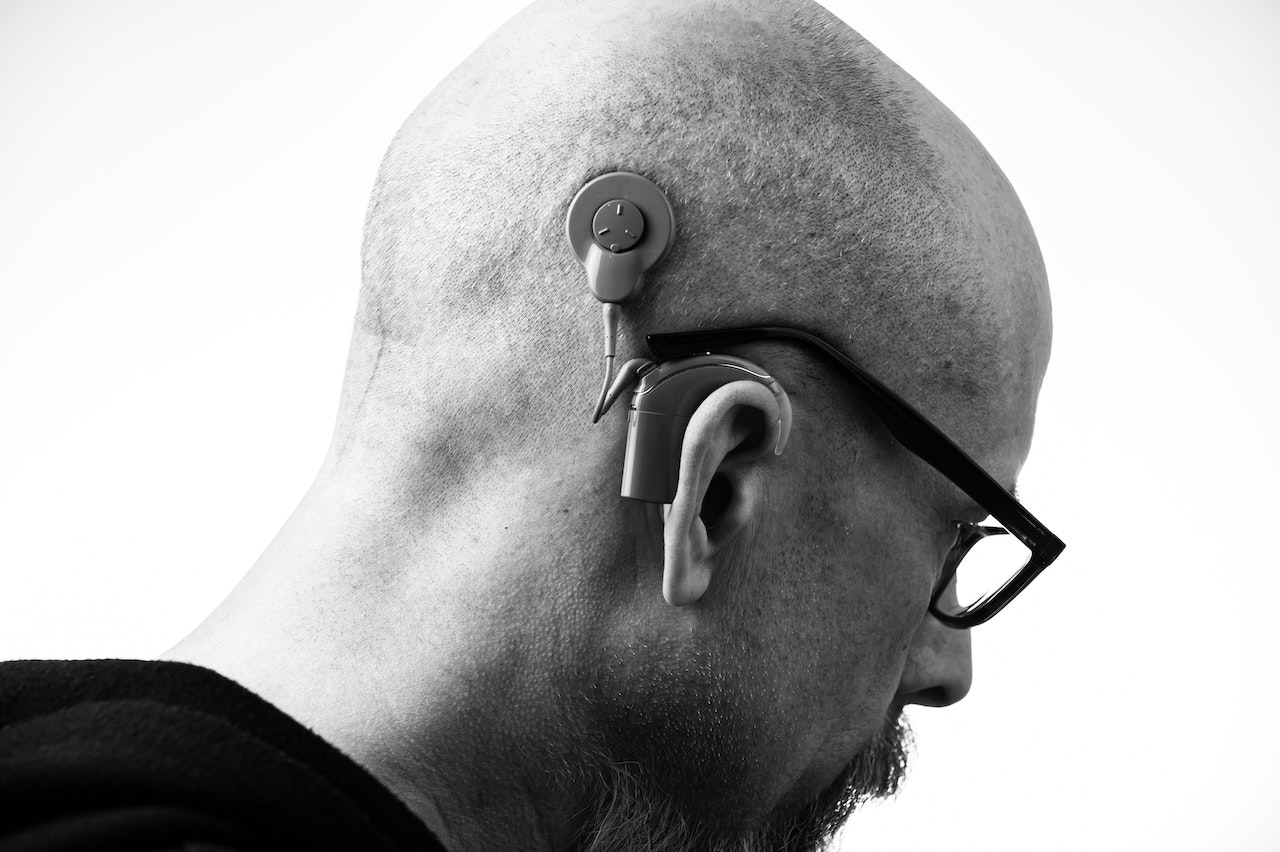
The benefits of technological advancements have been evident across different industries. For example, the gambling scene has seen a remarkable evolution that saw gamers shift from only playing in land-based casinos to enjoying their favourite games online via iGaming sites like Vegas Casino . Other sectors that have been disrupted by technology include education, game development, finance, construction, hospitality, and even healthcare.
Speaking of healthcare, which is one of the biggest beneficiaries of tech evolution, persons with disabilities have not been left behind in that regard. For people with speech and hearing impairments, developments in assistive technologies have made it easier for them to communicate with little to no human intervention, especially in schools and the workplace.
Facilitating Accessibility and Inclusion
Assistive technologies are the sole reason why children and adults with speech and hearing impairments can carry out their daily tasks. These individuals can today take advantage of different innovations to go through life feeling more included and in a position to seize life opportunities as they present themselves.
The assistive technologies vary from low-tech to high-tech and serve different roles in enhancing the quality of life for such individuals and truly breaking down communication barriers that hinder them from accessing basic privileges. Below are some commonly used assistive technologies for people with impaired sound distinguishing and language impairments:
Augmentative and Alternative Communication (AAC) Devices
AAC devices are crucial in providing alternative communication methods for individuals with speech impairments. These include simple devices such as boards with symbols or pictures to more complex speech-generating devices and computer applications that allow users to type words or point at pre-programmed messages. They are mostly used in schools to help students with speech difficulties to be assimilated into the classes.
Text-to-Speech (TTS) Systems
TTS systems are helpful for individuals who have difficulties with the perception of sounds by converting pre-recorded speech into written text for them to absorb the same information as able-bodied peers in pretty much any setting. They can also operate in real time so that the message is delivered promptly. TTS systems are used on computers, smartphones, and other digital devices.
Speech Recognition Systems
Speech recognition technology converts spoken words into written text, assisting individuals with speech impairments to communicate by speaking instead of typing or writing. These systems are commonly used in various applications such as:
speech-to-text software;
voice-controlled assistants;
dictation tools.
Hearing Aids
These have been undergoing an evolutionary journey of their own since their invention in 1898 where the sole goal was to amplify sound for people with complicated sound perception. While earlier versions presented some challenges of their own, more modern hearing aids have incorporated advanced technology to include digital signaling, noise reduction, and directional functions. All these capabilities are meant to enhance speech perception and improve hearing.
Cochlear Implants
Cochlear implants are latter cousins of hearing aids, invented in 1978 for individuals who could not otherwise benefit from conventional hearing aids. They are surgically implanted devices that provide a sense of sound to persons with intense hearing loss. These devices bypass damaged parts of the inner ear and directly stimulate the auditory nerve, allowing users to perceive sound signals.
Video Relay Services (VRS)
While in-person communication is vital, some persons with hearing impairments may want to reach out to friends and family via phone call. This is where VRS steps in. It enables individuals with complicated sound perception to make telephone calls through sign language interpreters. The professional intermediaries verbally relay information passed to them via sign language to the individuals on the other side, facilitating real-time communications between parties.
Closed Captioning, Subtitles and Audio Description
Closed captioning and subtitle options are helpful to all people. However, for individuals with speech and hearing impairments, being able to watch movies, TV shows, online videos, and live events alone or with other people around was a dream come true.
Most recently, we have audio descriptions included especially on video content available on streaming platforms like Netflix. In case you were wondering, an audio description is an audio track embedded in a video to narrate the scene or visual information of a performance or a video. They are a miracle in a sense because finally, low vision and blind audiences can get a taste of the visual effects that are going on in a movie or tv show.
Better Things to Come
Like any field that keeps improving its delivery of service by adapting new hi-tech trends, organizations and facilities that develop assistive mechanisms have their users in mind throughout the entire journey. Thus, as emerging technologies continue to disrupt different sectors of the world, people with impairments are also enjoying the benefits of evolution.
Indeed, it is heart-warming to see the strides that have been made so far, and from the look of things, this is just the beginning. There is certainly a bigger potential for the creation of more inclusive and equitable communication experiences as tech innovation continues.